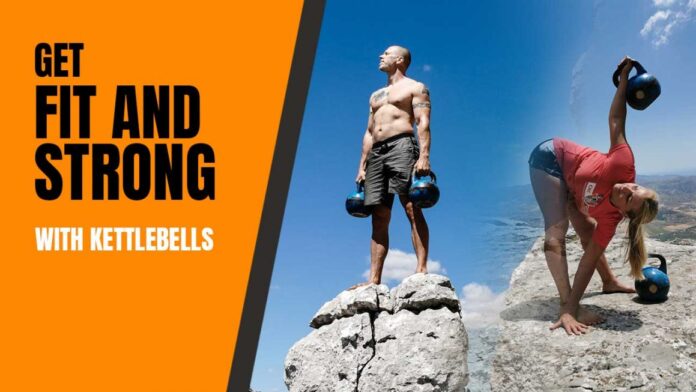Athletes endure suffering and still pain while preparation in order to turn into fit and powerful. The brain and body act intuitively and instinctively to prevent the suffering of strenuous activity, yet counter-intuitively, by enduring the discomfort great athletic physical (and psychological) ability will be developed. When we find somebody who is fighting for the solution or answer to the question our instinct is to tell them the solution, when really (unless it’s the great emergency) this isn’t very helpful. What’s more useful is to give adequate direction and assistance for this struggling individual to bring out the solution for themselves, in their own choice, which might be completely different from the solution you’d imagined yourself. We see small if we are given these answers. We learn and improve more by being given hope, direction and encouraging questions.
Fit and powerful! Combines adaptability, intensity training, and aerobic walking with health training for continuous behaviour difference among older adults with lower extremity osteoarthritis. Fit and powerful! Works with suppliers across the nation to produce the eight-week system that improves lower extremity severity, feeling, and intensity, aerobic ability, involvement in training and energy consumption, and self-efficacy for exercise. Geri-Fit® is a modern resistance force training training system designed to increase strength, adaptability, range of movement, mobility, gait, and weight. Exercises are performed sat in chairs (optional position) in the group setting course. Current courses are taken twice-weekly for 45 minutes.
Geri-Fit® is a modern resistance force training training system designed to increase strength, adaptability, range of movement, mobility, gait, and weight. Exercises are performed sat in chairs (optional position) in the group setting course. Current courses are taken twice-weekly for 45 minutes. Healthy movement for Aging Well is the easy and secure in-home personal process intervention produced and proven by Partners in aid to improve the activity level of frail, high-risk sedentary seniors living at home. This framework was developed for community-based aid management programs arranging and delivering services to elders in the family.
These Tongan castaway sons formed a solid connection and, despite deprivations and injuries, kept themselves well and growing for 15 months. These sons endured mainly through intake of local birds, food, wild taro, and chickens and bananas that had been grown and cultivated on the land 100 years prior. They caught rain using hollowed out logs, though it was thin during the first months of their life. They drank people from seabirds when they didn’t get sufficient food.
They take their family because they’ve developed with native blueberries, and their bodies have turn into the perfect way for bell-shaped blueberry blossoms. While they’re superior pollinators for blueberries, they likewise pollinate different floras. Blueberry bees gather in the soil, particularly near blueberry plants once they see them. How to get clear of them: There are some if any dangers presented by these good bees, and so some reasons to bother trying to remove them. If you must, take tactics like to those for discouraging Mason bees and other ground-nesting bees, , e.g., tightening the arid, exposed lands where they want to gather.
Carpenter bees also get this honor of representing the robber barons of the bee earth. They grind into tiny blossoms into which they can’t shape, , e.g., those on blueberries, to go to the nectar before blueberry bees see the blossom. When that happens, they aren’t pollinating the flower; they are just “ stealing ” the nectar without offering the physical good.
You may want one cup of coffee to kick-start this time, but it looks honey bees also make their sound from drinking flower nectar containing caffeine. Scientists from Arizona State University and the UK have found that caffeine improves the love bee’s storage and may aid plants engage more bees to distribute their pollen.


